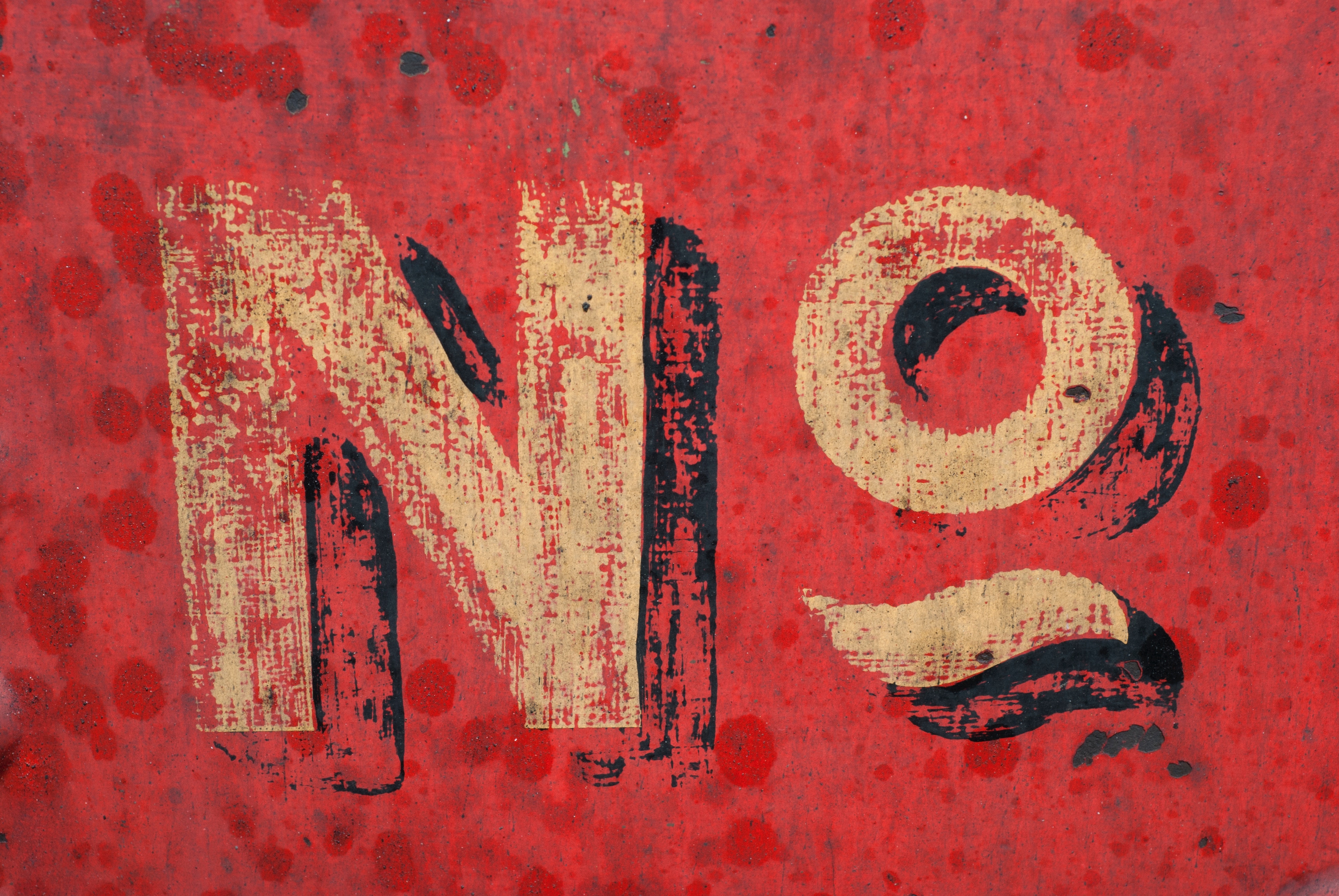Spot the difference.
Hi there, I need a logo design for my new business, it’s a cafe. It should be cool and my clients should fall in love with it at the first sight. I like Starbucks. Wish you luck!
And
Hi there, I need a logo design for my new cafe business. It’s a loft cafe, a small place in New York called Gossips. A place for the friends to meet and talk about everything in a cozy and peaceful atmosphere where they won’t be disturbed. We’re targeted at young people so make the design look fresh and modern. The best colors for our new logo design would be Banana Mania (FAE7B5) and its complementary 5B6FAD. However, if you have any suggestions, do let me know, I’m open to everything creative. The logo should depict a couple of friends talking, perhaps, drinking wine. Here is several logo designs I like but I don’t want my logo to be their copycat. Also, the logo shouldn’t have too many elements. Don’t make it “heavyâ€. If you have any additional questions, feel free to ask me. Wish you luck!
Apart from the fact that these design briefs differ in their length and colors, they also alter in the piece of information they provide. This is what a design brief is all about: the relevant and precise information. Asking you which design brief is more informative, the first one or the second one, would be pointless because the answer is obvious. So, let’s see what exactly makes the second design brief informative and why your own brief should be a lot like this one.
1. Describe your objectives
Everything should have its purpose. Design is no exception. If you need a new design, you need to know what it will be used for and what perks it will bring. The questions “what for†and “why†should always be put, no matter whether we speak of your business or personal life. When it comes to your design brief, it’s essential for you to clarify your objectives to your designers. “Hi there, I need a logo design for my new business, it’s a cafe†just won’t work. Designers need to understand:
– what your business is all about
– what marketing niche it belongs to
– where it is situated
– what you expect to get from this logo
This way, you raise your own chances of getting a design that will meet your requirements and satisfy your business’ needs.
2. Specify your target audience
This is a logical continuation of the question “what for†you cannot skip. Your design should be 100% aimed at your clients. They should get it, grab it, click with it and stick to it. Otherwise, it would be pointless. A simple phrase “we’re targeted at young people†will save the day. Or at least your design.
Don’t forget that the generation gap does exist, that’s why the things that younger generation finds to be fun will look weird for others. And vice versa.
3. Point out your technical requirements
For a design brief, technical requirements will include colors, materials, sizes etc. In other words, everything that deals with the way your custom design gets implemented in life. The more precise you are, the more this future custom design will meet your expectations. If you already know what colors to use, make sure your designers know that as well. If you want your logo design to be printed on a wooden sign or a T-shirt design to be made using some unusual materials, feel free to tell your designers about that. However, try not to limit their creativity with your design brief; perhaps, designers will be able to come up with some much more brilliant ideas.
“The best colors for our new logo design would be Banana Mania (FAE7B5) and its complementary 5B6FAD. However, if you have any suggestions, do let me know, I’m open to everything creative†– this is something you should go for.
4. Explain the general style
Retro, vintage, modern, minimalism, creative typography… This list of design opportunities is endless. Don’t make your designers guess which one you like the most. Tell them. It shouldn’t be kept in secret (at least for your designers) if you want the custom design to turn out to be great.
“I like Starbucks†might not be enough if you want the money spent on your custom design not to be wasted. Your design brief should contain the examples of design entries you like that have one common style to inspire your designers. It will help them to see the entire picture of what they are supposed to provide you with.
5. Mention the “don’tsâ€
If I don’t like fish, I don’t eat it. If I don’t like hats, I don’t wear them. If you don’t like plenty of black used on a website, you don’t use it for your own web design. Your brief is exactly the place where you can mention everything you don’t like. In terms of web or graphic design, of course.
“The logo shouldn’t have too many elements. Don’t make it “heavy†– these simple phrases will help your designers to come up with something you do like.
Bottom Line
Your brief is kind of a research your designers are provided with. Half of your future custom design success depends on it. That’s why never ignore it and spend as much time as you can creating a clear and understandable design brief.









